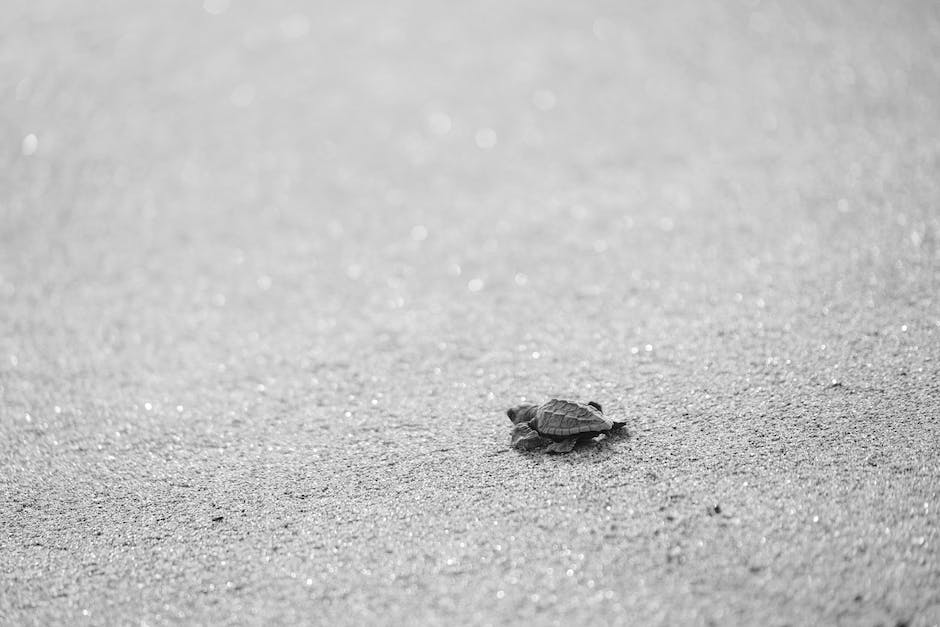Most houses have some kind of foundation, and under that foundation is a crawl space. The area under your house can have a big impact on your energy bill, so it’s important to make sure it’s properly insulated. There are a few different ways to insulate a crawl space, and the best method will depend on the specific space.
To insulate a crawl space, you will need to first determine what type of insulation you would like to use. Once you have decided on the type of insulation, you will need to measure the space to ensure that you have enough material. Once you have measured the space, you will need to cut the insulation to fit the space. Next, you will need to install the insulation in the space. Finally, you will need to seal the space to keep the insulation in place.
What is the best insulation for a crawl space?
Rigid foam insulation board is the best choice for crawl space insulation. The foam board is installed against the crawl space foundation walls instead of between the floor joists. This provides a better seal and prevents air infiltration.
There are a few things you can do to prevent moisture from entering your crawl space:
1. Look at interior sources of moisture and take steps to mitigate them, such as fixing leaks or using a dehumidifier.
2. Seal all crawl space doors and vents to the outside.
3. Seal rim joists and sills to prevent moisture from seeping in.
4. Insulate the crawl space walls to further reduce the risk of moisture infiltration.
5. Lay a vapor barrier on the ground and seal it to the wall insulation to create an additional barrier against moisture.
What is the best way to insulate a crawl space with a dirt floor
When insulating a dirt crawl space, it is important to first fix any groundwater leaks and seepage. Then, seal any vents and outside air leaks. Insulate the crawl space walls with a water-resistant material. Finally, cover the dirt floor with a vapor barrier to isolate the house from the earth.
There are many benefits to insulating your crawl space, including saving money on energy costs and protecting your home from extreme weather conditions. Insulating your crawl space is a relatively easy and inexpensive way to improve the energy efficiency of your home.
Is it OK to spray foam the crawl space?
The Building Science Corporation (BSC) recommends using spray foam insulation for the crawl space, regardless of the installation method used. This is because the foam creates an air barrier that will improve your home’s energy efficiency and comfort. The foam also has other benefits, such as reducing noise levels and preventing mold and moisture damage.
There are many benefits to insulating metal pipes. By doing so, you can keep the pipes from freezing, sweating, and dripping. Additionally, insulating the pipes in a boiler room can prevent heat loss to the outside. Finally, consider insulating the foundation walls to prevent heat loss to the outside during cold weather.
Should floor joists in crawl space be insulated?
This means that if your crawl space is vented, you should insulate the floor joists in the crawl space ceiling. This will protect the floor above the crawl space. If your crawl space is unvented, you should insulate the walls of the crawl space. This will keep the entire space warmer.
The thing about gravel is that it’s porous so it actually lets water go through it easier so it’ll dry up faster. It’s also a good idea to use gravel in areas where you don’t want puddles to form.
Should a crawl space be sealed or vented
The crawl space should be treated as part of your living area. This means that it should be sealed and insulated to keep moisture out. By doing this, you will be able to improve the air quality in your home and keep your family healthy.
Adding insulation to your crawl space is a great way to improve the energy efficiency of your home. Fiberglass insulation batts or rolls are the most economical and easiest DIY choice for insulating between the floor joists in a crawl space. The US Department of Energy recommends R-11 (3½”) insulation under floors in warm climates and an R-25 (6” to 8”) in cold climates.
Should crawl spaces be vented in winter?
When temperatures drop below freezing, water pipes in the crawl space are at risk of freezing if the vents remain open. It’s a good practice to close off the vents in winter to prevent the dry, cold winter air from freezing the pipes inside the crawl space.
I definitely agree with the Building Science Corporation’s recommendation to use foam based insulation in crawl spaces. It is definitely the best way to create an air barrier, and will therefore make your home much more energy efficient. Additionally, it will keep your floors much warmer, so you won’t have to worry about wearing extra socks in the winter!
How long does insulation last in a crawl space
Crawl space encapsulation is a process of sealing the crawl space so that it is protected from moisture and pests. This typically lasts for 10-15 years, but if you use high quality materials and prepare the space properly, you may be able to extend this lifespan. Encapsulation with robust, heavy-duty materials can last for more than 20 years.
There are a few things to consider when deciding whether or not to store important papers in the basement. If the basement is prone to flooding, then it is not a good idea to store anything important there. Additionally, if the basement is very damp, it can damage papers and photos. If you must store papers in the basement, be sure to use an air-tight container.
Can rodents eat through spray foam?
Filling cracks and voids with polyurethane foam can act as a rodent barrier. Mice and other rodents are not able to chew through spray foam insulation, so this can help keep them out of your home.
This is great news if you’re trying to keep your home free of rodents and pests. Since spray foam offers no food value to these animals, they’re less likely to be attracted to your home in the first place. And if they do manage to get in, it’ll be harder for them to find food and shelter.
Is it normal for crawl space to be cold
In the winter time, cold air from the outside enters the crawl space through vents and gaps in the structure. This can cause the floors above the crawl space to be cold. Crawl spaces are not sealed off from the outside, and they are frequently under-insulated, which can contribute to this problem.
Foam board is a great way to insulate your crawl space and keep your home warmer. Simply screw it into the frame on the inside of your crawl space and you’re all set. This will also help keep pests and vermin out of your home.
Conclusion
There are a few different ways that you can insulate a crawl space. One way is to use fiberglass insulation. You will need to measure the area that you want to insulate and then cut the insulation to size. Once you have the insulation cut to size, you will need to staple it to the studs in the crawl space. Another way to insulate a crawl space is to use spray foam insulation. This type of insulation can be applied directly to the walls and ceiling of the crawl space.
It is important to insulate a crawl space to prevent heat loss and increase energy efficiency. There are many ways to insulate a crawl space, and the most effective method will vary depending on the specific space. However, some general tips include using insulation blankets, spray foam insulation, and rigid foam boards. By taking the time to properly insulate a crawl space, homeowners can save money on their energy bills and make their home more comfortable.

